The Doctor on Your Wrist: How Smartwatches Are Saving Lives
Apple Watches and Fitbits have inadvertently saved lives. But how far are we from replacing our annual checkup with a glance at our wrist?
Editor's note, Dec. 6: Apple just launched two heart health features cleared by the U.S. Food and Drug Administration to detect atrial fibrillation. The new ECG app for Apple Watch Series 4 and the irregular heart rhythm notification for Series 1 and newer devices could lead to more "Apple Watch saved my life" stories like the ones we reported in this piece.
James T. Green thought he was having a panic attack.
He took a break from work to walk around the block during a stressful day, and noticed he felt out of breath strolling up a slight incline. This isn't normal, Green thought. He had become an avid cycler in recent months and wasn't exactly out of shape. He sat down at his desk, and looked at the Apple Watch on his wrist.
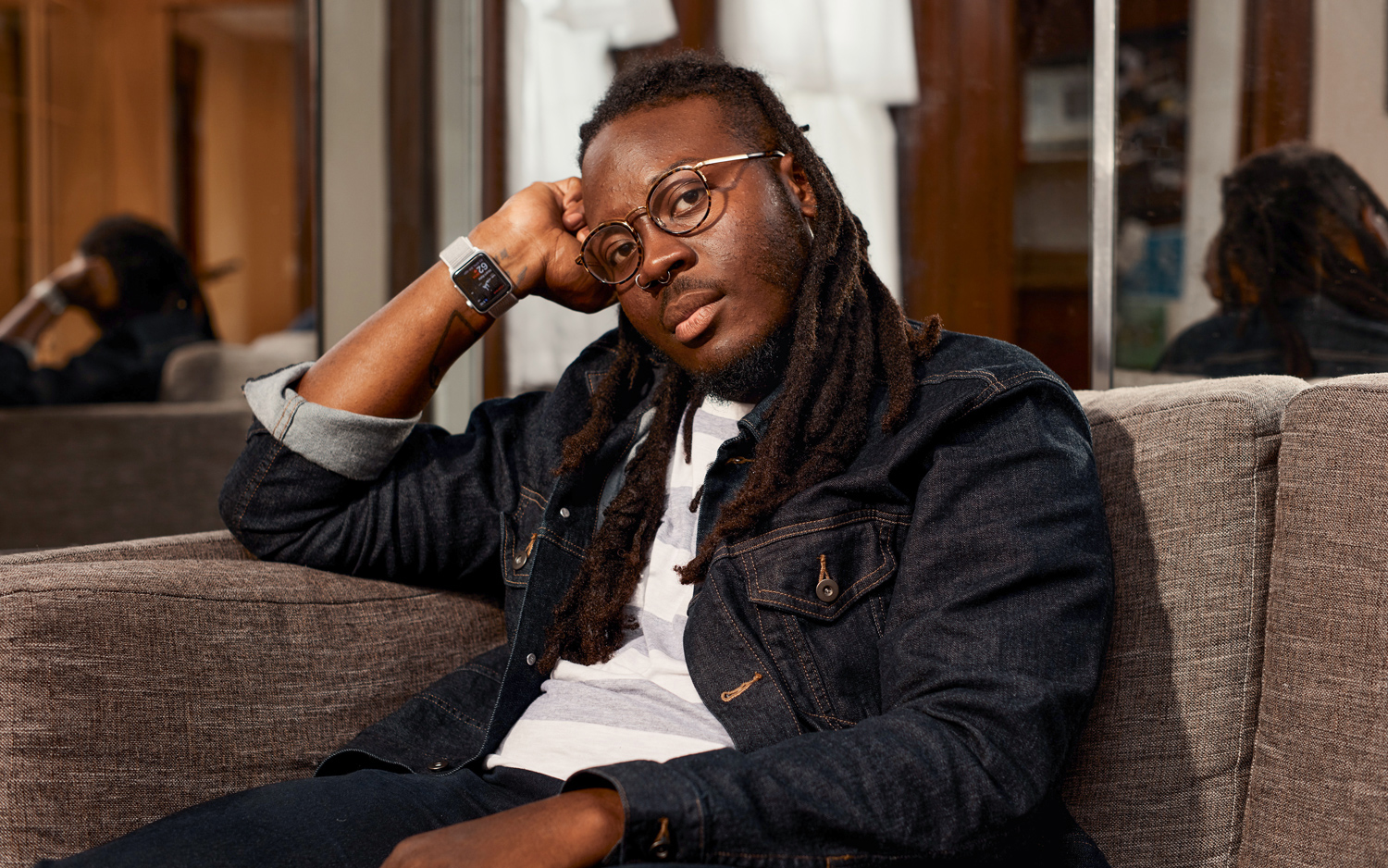
His heart rate was through the roof, and the HeartWatch app he was using to check his pulse was flashing warnings. Maybe it was something more serious, he thought.
Although he had a pulmonary embolism a few years back — blood clots in his lungs — he had been taking medication, and doctors said that it was an unusual condition for someone in their mid-20s. Still, the symptoms this time were much less severe, and he was feeling stressed, so his mind didn't automatically jump to blood clots. Green's doctor told him it sounded like anxiety. But then he showed her a log of his heart rate recorded by the Apple Watch.
"This is my normal heart rate," Green told her, pointing to the graph in the app. "This is where my heart is now. There's something wrong."
The doctor ordered a CT scan. The blood clots in his left lung had returned.
MORE: Best Smartwatch - Top-Rated Watches for iPhone, Android
An ambulance rushed Green to the emergency room, where he was pumped full of blood thinners. He didn't need surgery this time, but doctors told him that if he had waited, a clot could have killed him. Green isn't the only person who has discovered a serious health condition after seeing heart-rate data on a smartwatch. And he won't be the last.
Currently, smartwatches from Apple, Fitbit and others can tell you your heart rate and track your workouts. Some can even analyze your sleep. But these companies want to go beyond the basics by developing ways to tell you when something is wrong. A smartwatch could even diagnose your condition all on its own.
In fact, it's already happening.
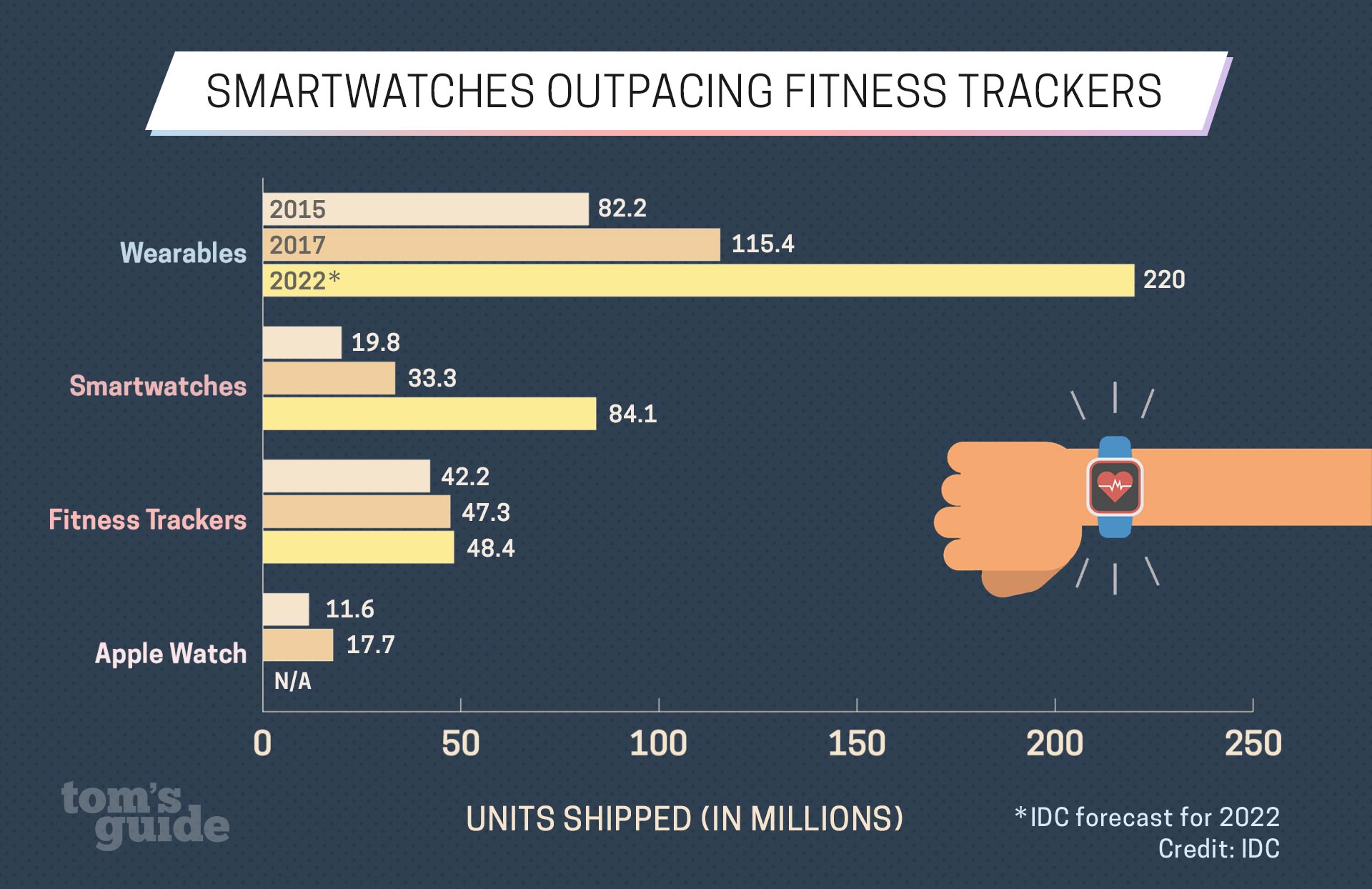
IDC estimates that basic activity-tracking wristbands will fall from 36 percent of the wearables market to 22 percent by 2022. By that time, smartwatches will account for 40 percent of all wearables sold.
Though Apple doesn't disclose Apple Watch sales figures, IDC estimated that the company shipped 8 million watches in the fourth quarter of 2017, overtaking Fitbit, Xiaomi and Garmin. The combination of cellular connectivity and advanced fitness features in one device, the Apple Watch Series 3, has been a boon for the company.
How Smartwatches Know What's Wrong with You
Activity-tracking bands that simply count steps are declining in popularity, and are being replaced with more sophisticated smartwatches that can not only measure your heart rate, but provide some measure of analysis, too.
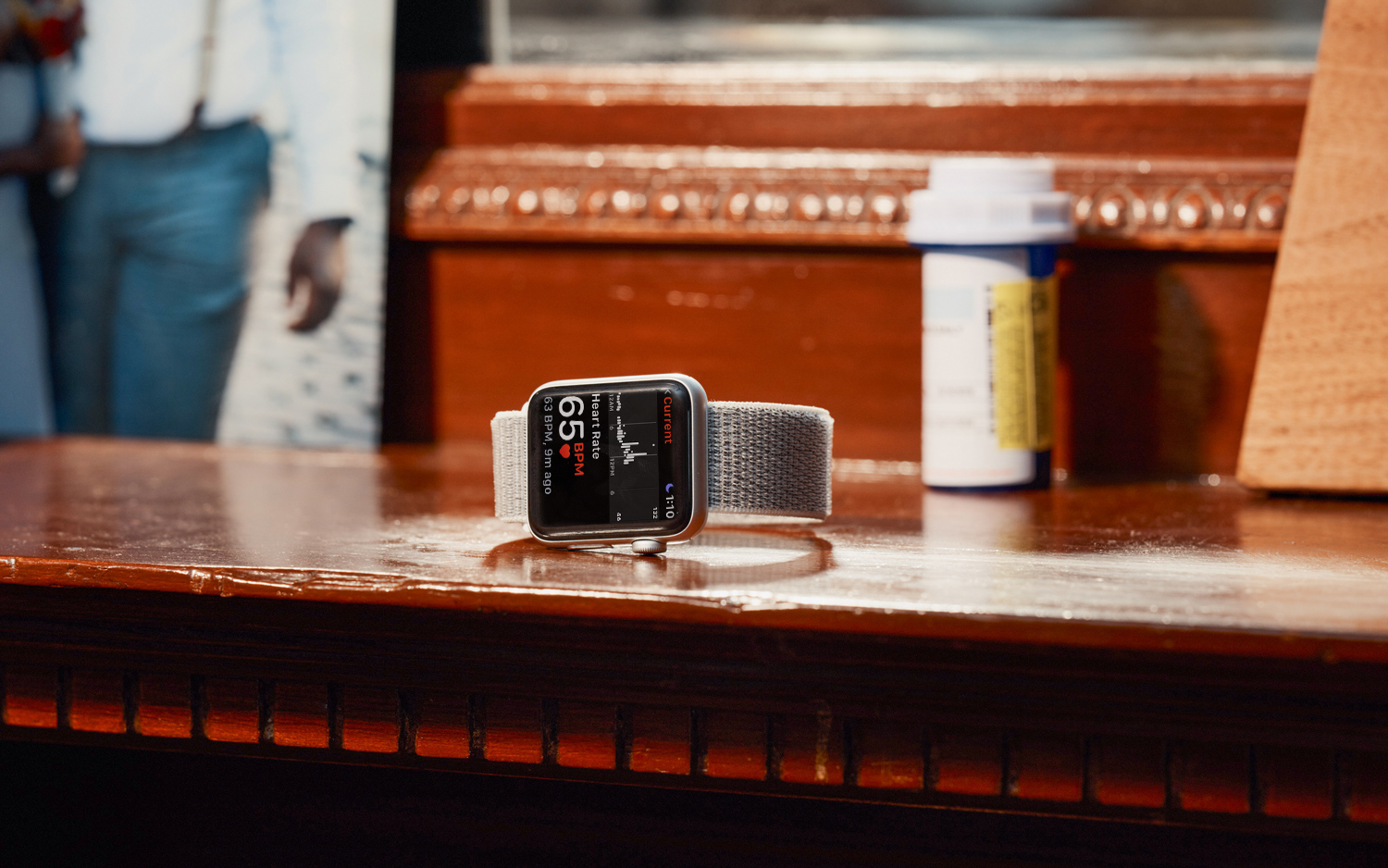
"If you want access to your phone on your wrist and a fitness tracker, you can just combine that into one device," said ABI Research analyst Stephanie Lawrence. "A lot of smartwatch companies are adding this [health-tracking] technology into their devices to make them more desirable to consumers."
MORE: 5 Reasons to Buy the Fitbit Versa (and 4 Reasons to Skip)
The first Apple Watch, introduced in 2015, had a heart-rate sensor, but the company didn't bill the device as an advanced health tracker. Still, Apple started started receiving personal stories from people who discovered health conditions revealed by the Watch's sensor. With the rollout of the fitness-focused watchOS 4 update last fall — which notifies you when your heart rate spikes — anecdotes about life-saving alerts have become more widespread. Three stories made high-profile headlines this May alone.
Fitbit, which introduced continuous heart rate-monitoring in 2015's Charge HR, has also received emails from customers who say their fitness bands have prompted them to go to the doctor.
The Apple Watch has saved lives, but it doesn't actually diagnose anything.
Jackie Brothers, a 53-year-old nurse from Newfoundland, Canada, discovered she had an atrioventricular block last year after using a Fitbit Blaze to start counting steps during her 12-hour shifts. Doctors thought she had a case of vertigo after hearing her symptoms, which included lightheadedness and loss of vision, until they saw the heart rate logs from her Fitbit Blaze. She needed a pacemaker.

An unusually high heart rate can be a sign of a serious medical episode, such as James T. Greens pulmonary embolism. But it could also be something much less serious, like the body's physical response to an unexpected breakup text. The Apple Watch has saved lives, but it doesn't actually diagnose anything. Apple doesn't claim that it does, but CEO Tim Cook has highlighted users' personal experiences with the Apple Watch during news events and on his Twitter account.
Jackie Brothers, a 53-year-old nurse, discovered she had an atrioventricular block last year after using a Fitbit Blaze to start counting steps during her 12-hour shifts.
"Apple's very good at PR," Dave Albert, AliveCor's founder, said. "They publicize people with various issues that don't have direct impact on the heart. They have other symptoms. If the Apple Watch [alert] is the first thing [those people] notice, I would be greater than shocked. There are many, many more hundreds of thousands of people who have a high heart rate that don't have anything wrong except they're anxious, and you don't hear about those [stories]."
MORE: Here's Why watchOS 5 Is a Game-Changer for Apple Watch
Fitbit: Stepping Up from Just Step Counting
Eric Isakson, an Indiana-based financial adviser, had a leaking mitral valve that caused him to experience atrial fibrillation, which required surgery to fix. Isakson had no symptoms other than his wildly fluctuating heart rate, which he discovered only after he joined his company's fitness challenge and started wearing his Fitbit daily.
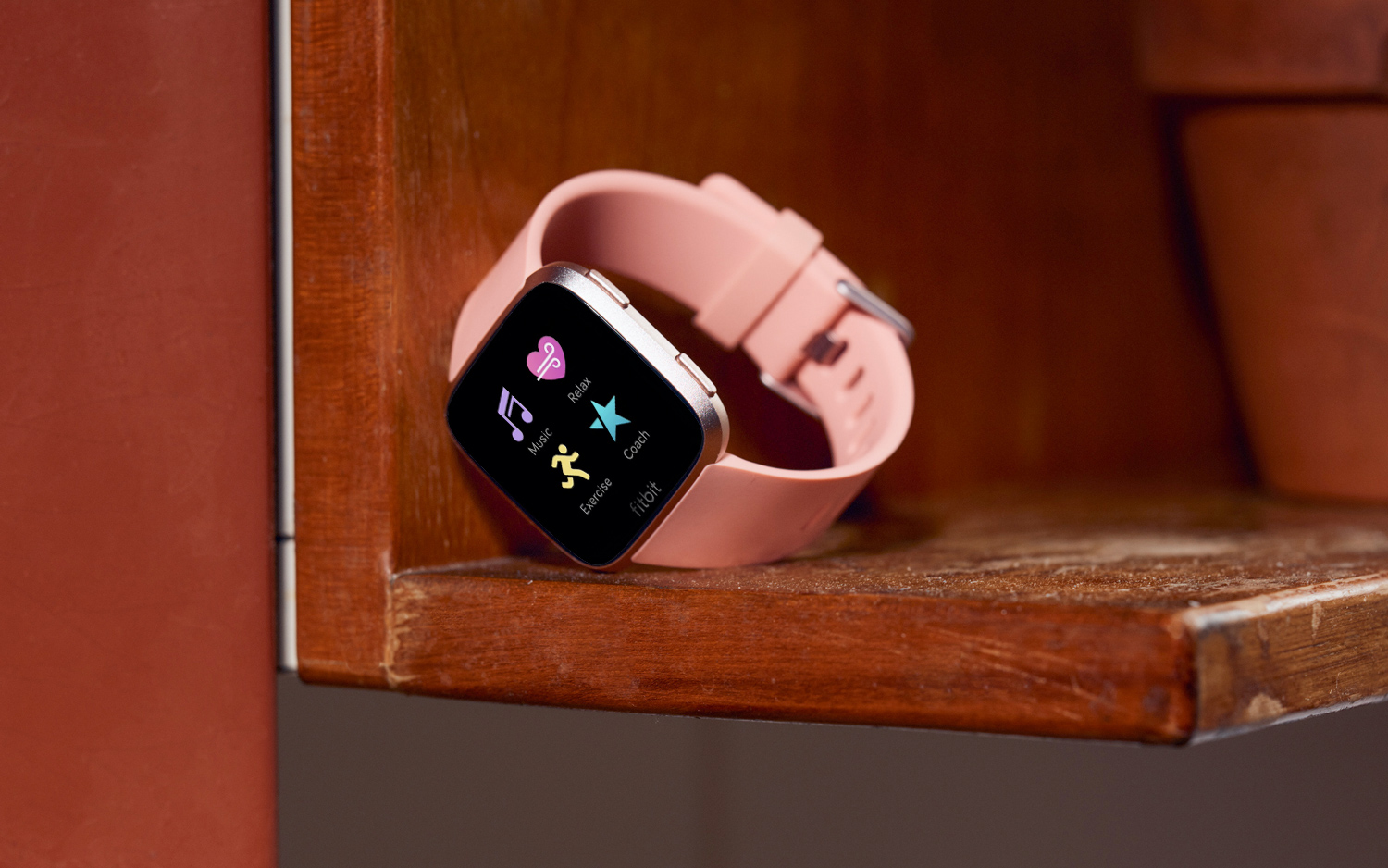
"I was 39 years old," Isakson said. "Nowhere on my radar was I expecting to have a heart condition. I think everybody should wear a heart rate monitor. [If] something out of the ordinary happens, you've got the data to show your cardiologist."
Atrial fibrillation is a heart condition that contributes to 130,000 deaths in the U.S. every year, according to the Centers for Disease Control and Prevention. Some people experience symptoms of AFib, which is what doctors call an"“irregularly irregular heart rhythm" that has many risk factors, but others feel nothing at all. The condition can lead to strokes if left untreated. Isakson didn't realize he had AFib until he showed his doctor his Fitbit app during a physical. He was rushed to the hospital from there.
Fitbit's devices don't currently alert you if your heart rate is too high. But, like Apple, Fitbit is trying to figure out how to use the heart rate and motion data it collects to detect what's going in with your body.
"We're building algorithms trying to identify these types of things to people and let them know how they're benchmarked against people, or let them know how their data changes over time," said Shelten Yuen, Fitbit’s vice president of research. "We’ve been toying with a number of different ideas and we've been working with the FDA to bring this vision to life. It could be something like a symptom checker — if you have these symptoms, you should check that out. It could be more along a diagnostic line. We’re trying to figure that out right now."
Like many other fitness trackers, Fitbit's devices can tell you that you had a bad night's sleep, but it can't tell you why. In an attempt to provide deeper insight, the company built an SpO2 sensor into its Ionic smartwatch (the Versa has one as well). This sensor measures how much oxygen is in the blood, which, Fitbit said, could be used to diagnose sleep apnea. But close to a year after announcing the Ionic, Fitbit's sleep apnea features haven't arrived.
"We continue to do clinical trials and studies around [the Sp02 sensor] to continue to refine performance on it," Yuen said. "We are also speaking with the [Food and Drug Administration] and trying to get a line of sight to how to make this manifest in our product offering. Since the devices rolled out with the relative SpO2 sensor, we've been amassing data on people's sleep out in the field and it's been very instructive...It's been a great platform for collecting data in the field."
MORE: Best Fitness Apps - Trackers, Games and Trainers for iOS, Android
Apple's Promising Study
Optical heart-rate sensors — found on the underside of the Apple Watch and devices from Fitbit, Garmin, Samsung and other wearables — use flashing green lights to detect blood-flow rate. The data from those sensors, no matter how accurate it is, isn't worth much without software that can make sense of the information, compare it to a larger population, and figure out if it's abnormal.
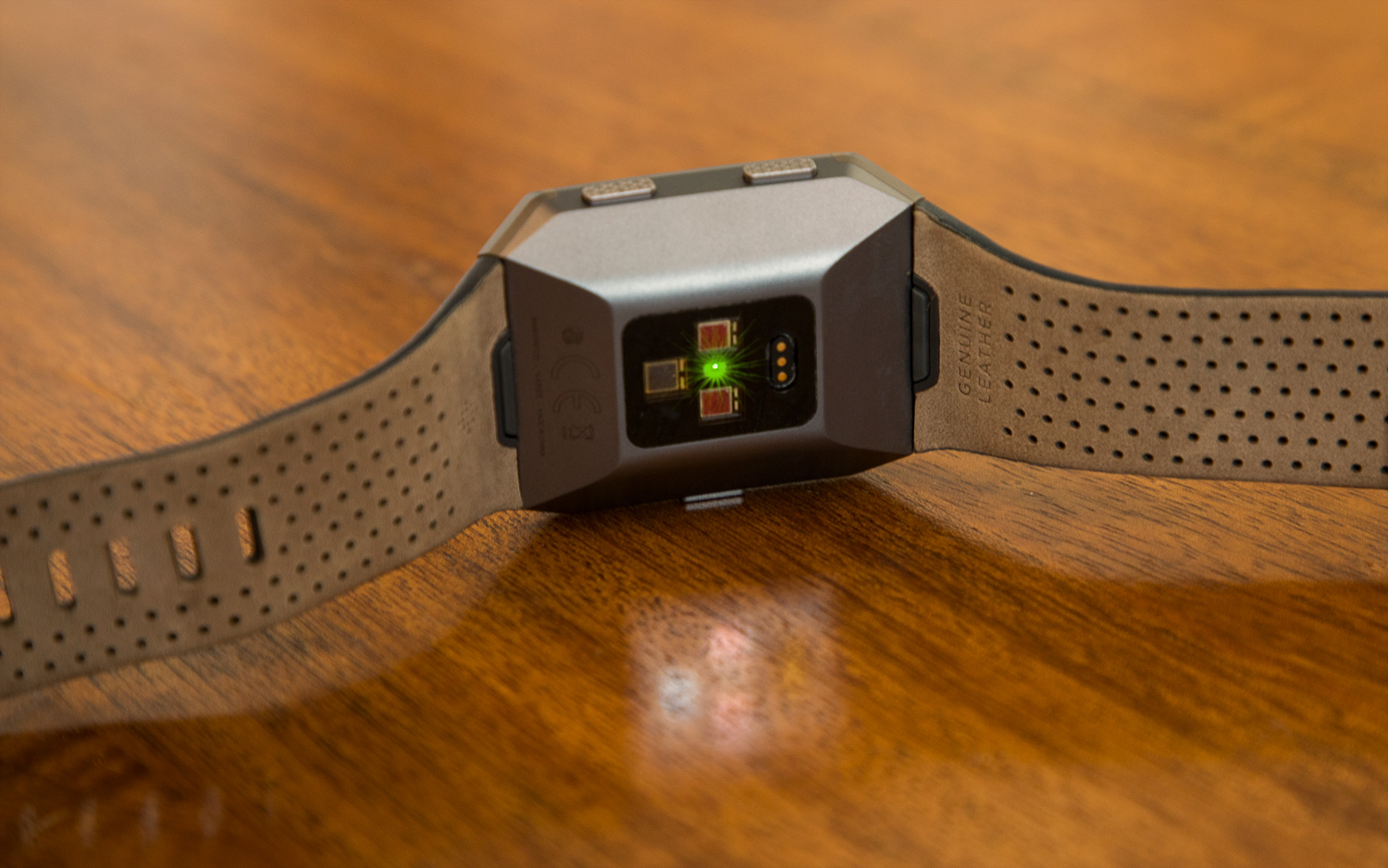
The University of California, San Francisco's Health eHeart Study is looking at heart-rate data and user feedback collected across a wide variety of people using myriad devices, including the Apple Watch, to learn more about heart disease.
watchOS 4 introduced a notification that alerts you when your heart rate spikes above a particular number after you've been inactive for 10 minutes.
An Apple Watch app, called Cardiogram, is using the study's framework to test an algorithm designed to detect atrial fibrillation. The early results are promising: In a clinical setting, Cardiogram's algorithm can detect atrial fibrillation with 97 percent accuracy, compared with the gold standard, an electrocardiogram machine, which measures the heart's electrical impulses using 10 electrodes, placed on different parts of the body. But Gregory Marcus, director of clinical research for the UCSF Division of Cardiology who is leading the Health eHeart Study, said there's more work to be done.
MORE: Smartwatch Buying Guide - Everything You Need to Know
"I would not recommend a fitness tracker or smartwatch to detect heart problems at this point," Marcus said. "They can be useful to motivate physical activity. It would be premature to purchase one of these to facilitate a diagnosis of a heart condition. I would encourage individuals to participate in research to help us understand this."
Apple is working with Stanford University's School of Medicine on its own study, the appropriately named Apple Heart Study, which has set out to determine if the Apple Watch's heart-rate sensor can accurately detect atrial fibrillation. Apple Watch users who sign up for the study and grant researchers access to their data will be alerted if they experience an irregular heart rhythm. This is different from the heart-rate notifications that pop on the watch when your heart rate spikes.
The Apple Heart Study algorithm uses data from multiple heart-rate-sensor readings to confirm that the heart-rate rhythm is irregular before sending a notification. After you receive an alert on the watch, the Heart Study app connects you with a doctor for a free video conference to see if your symptoms are serious enough to warrant immediate treatment. If not, you receive an electrocardiogram patch in the mail to wear for seven days. That patch collects precise electrical data from your heart that will be analyzed to determine if you actually have atrial fibrillation.
The study is just getting underway and still accepting sign-ups. Apple hasn't announced how many participants have enrolled nor has it released any preliminary findings.
But when the study concludes, and if the Apple Watch sensor is found to accurately detect atrial fibrillation, Apple will then submit its findings to the FDA. The end result could be an FDA-approved Apple Watch feature that diagnoses atrial fibrillation.
Why Smartwatches Aren't Medical Devices — Yet
Despite the growing number of "smartwatch-saved-my-life" stories, companies such as Apple and Fitbit haven’t yet sought FDA approval for their devices, citing the need to quickly release products that would be hindered by a slow regulatory process. Without the FDA’s stamp, they can’t make any health claims about their watches.
To speed up the process, last year the FDA announced a digital health software pre-certification pilot program with nine participants, including Apple and Fitbit. Samsung, Verily, Johnson & Johnson, Pear Therapeutics, Phosphorus, Roche and Tidepool round out the pilot, chosen from a field of more than 100 companies. The program is designed to figure out how to approve software-based health features more quickly without sacrificing stringent standards. Instead of requiring every device to undergo regulatory approval, the FDA will focus on the software, FDA Commissioner Scott Gottlieb said last September while announcing the roster of participants.
That means if the FDA pre-certifies Apple, Fitbit and others, those companies will be able to roll out software tools to their smartwatches that can detect heart conditions and alert users who exhibit symptoms. Those tools will be based on the algorithms being tested on people who have signed up for various heart-rate research studies.
MORE: 9 Best Apple Watch Cases and Screen Protectors Under $15
Bridging the Gap: An FDA-Approved Smartwatch Accessory
Until today’s smartwatches get government approval, companies are making FDA-approved accessories whose data can be integrated with smartwatches. Still, it's telling that only one device has made it through to market.
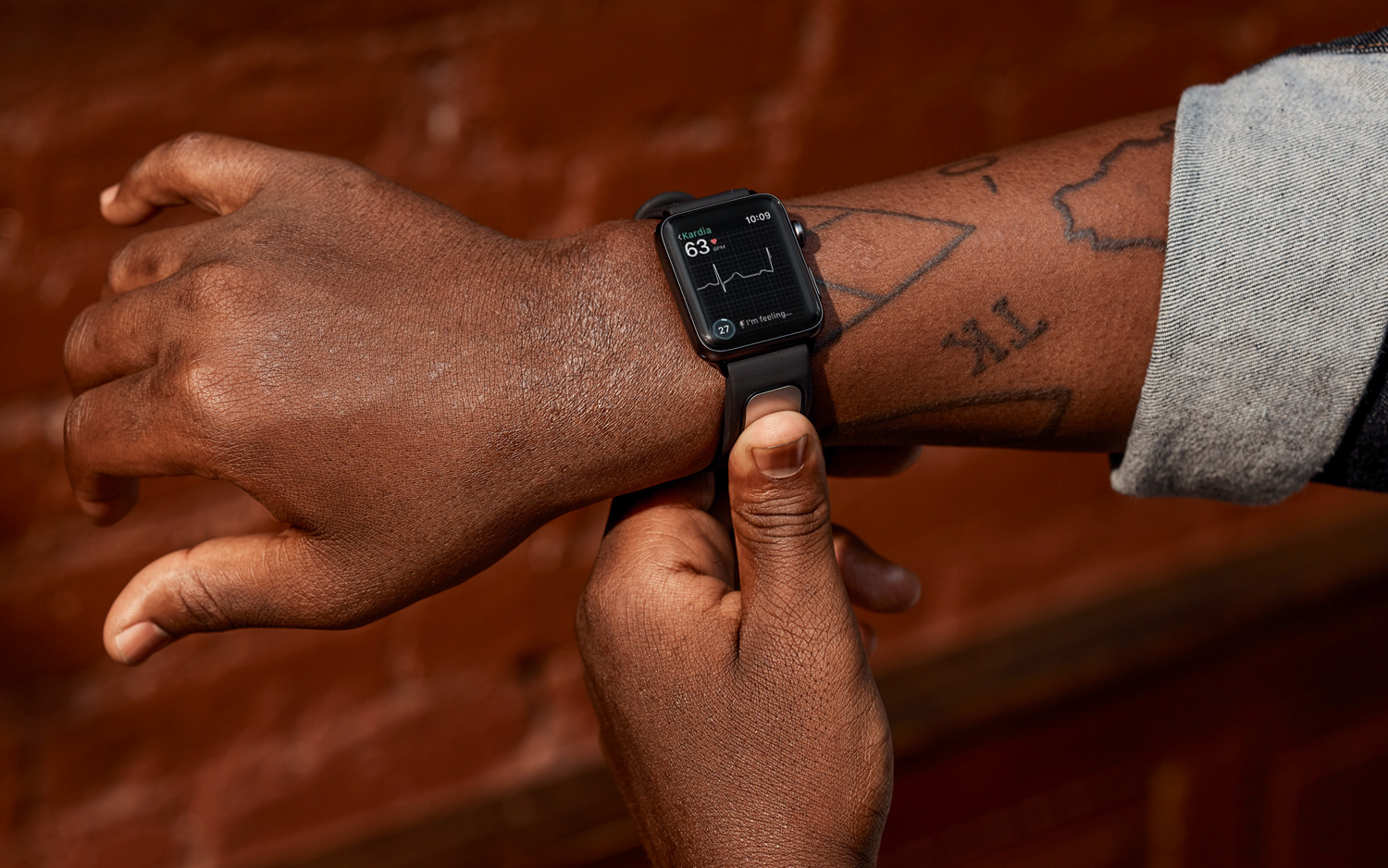
AliveCor's KardiaBand is a $199 Apple Watch strap that contains a sensor for taking a 30-second medical-grade electrocardiogram. You simply place your finger on the sensor, which is embedded in the band, to take a reading. As part of KardiaBand's required $99-per-year (or $9.99 a month) subscription, you can share the EKG results with a doctor in-app, who can then determine if you have atrial fibrillation. The band, which fits any Apple Watch, was cleared by the FDA last November. Apple announced the Apple Heart Study the same day.
The entire process, from development of the band to clinical validation to FDA approval, took a couple of years, said AliveCor's Albert, who is also the company's chief scientific officer.
AliveCor's KardiaBand is a $199 Apple Watch strap that contains a sensor for taking a 30-second medical-grade electrocardiogram. You simply place your finger on the sensor.
The KardiaBand’s sensor detects some of the information a medical EKG does, and combines that information with data from the watch's heart-rate sensor. AliveCor has developed its own algorithm, called SmartRhythm, which looks at your heart rate and activity to predict what your heart rate should be in the future. If it spikes above that line, you're prompted to take an EKG. SmartRhythm could be useful for people who don't know they're experiencing AFib, although it's likely that a person who buys a $199 EKG accessory already has cause for concern about their heart.
An Elusive Target: Diagnosing Diabetes
High blood glucose, which is a marker of diabetes, has to be measured by pricking the skin to take a blood sample or withdraw tissue fluid. Apple is reportedly working on noninvasive blood glucose-monitoring technology, according to a December report in The New York Times. A sensor that could take those readings without a finger prick or skin injection would be game changing.
But skeptics in the wearable-technology industry doubt that it's possible, because many companies have tried and failed to develop sensors and methods that would accurately measure blood sugar without drawing fluid through the skin or requiring a finger prick.
MORE: Fitbit Versa Now Tracks Periods, Diabetes On Your Wrist
The GlucoWatch Biographer, which was approved by the FDA in 2001, was an early attempt at putting a noninvasive glucose-monitoring system in a wristwatch. The GlucoWatch wasn't a sophisticated touch-screen timepiece, but that's not why it failed to catch on. The device sent electrical currents through the skin to noninvasively withdraw tissue fluid, which turned out to be an uncomfortable experience for many people who wore one. The watch was also criticized for inaccuracies in the actual data it displayed.
"I've been in glucose-sensing for over 20 years and I know there's been hundreds of millions of dollars spent in that area, and none of that technology has ever proven feasible to accurately measure glucose," said Jake Leach, senior vice president of research and development for Dexcom, which makes a continuous glucose-monitoring (CGM) system called the G6.
Dexcom is working with both Apple and Fitbit to pair its CGM devices directly to the Apple Watch, the Fitbit Ionic and Fitbit Versa without connecting to a smartphone first. The company's smartwatch apps would then put real-time data from its devices on the watch face, which would help diabetics view their information at a glance and know when they need a dose of insulin.
Dexcom's new system is simpler to use than previous generations, because it doesn't require a finger prick to test a person's blood on a meter. But you still have to place a small sensor under the skin and wear a patch for 10-day stretches to get continuous readings.
What Happens Next
Talking to people who believe their smartwatches saved their lives, it's easy to believe that these devices will soon be capable of intentionally diagnosing health conditions. In addition to alerting us when our heart rates are high, an Apple Watch or Fitbit may one day be able to tell us why.
Much of what smartwatches will be capable of tracking in the near future is possible with sensors that already exist, said Steven LeBoeuf, president and co-founder of Valencell, a company that makes biometric sensors found in heart rate-tracking headphones such as the Samsung Gear IconX, the Jabra Elite Sport and the Bose SoundSport Pulse.
"You're about to have a migraine, about to have a COPD [chronic obstructive pulmonary disease] attack, you're about to have an asthma attack — you'll see more of that five years out." — Steven LeBoeuf, president and co-founder of Valencell
Asus showed off its new VivoWatch BP, a smartwatch with built-in ECG and PPG sensors for instant blood pressure readings, at this month’s Computex trade show in Taiwan. The device’s sensor is located next to the watch display, making the watch face larger than it would be otherwise. It’s unclear how much the VivoWatch BP will cost or when it will be available to buy.
Apple could take a different approach, at least in the near future. Rather than build an ECG sensor directly into the device, a recent patent application indicates that the company is interested in making a blood pressure-monitoring watch band.
"These devices will be able to assess your blood pressure, your cardiovascular health," LeBoeuf predicted. "How well is your heart performing? Are you at a risk of a cardiac event? Is your heart getting worse? These are things you'll be able to see devices do over the next year. You're about to have a migraine, about to have a COPD attack, you're about to have an asthma attack — you'll see more of that five years out."
But that technology has to be accurate. If a smartwatch tells you your heart rate is high enough to seek treatment and it turns out to be a false positive, that would be an irritating waste of time, money and energy. But if a device tells you there's nothing to be concerned about and you actually have a serious medical condition, that would be catastrophic.
"I think we're at a stage where we've demonstrated a good proof of concept that these sensors can detect abnormal heart rhythms such as atrial fibrillation," Marcus said. "I do not think that it is quite ready for prime time. One of the concerns is that we could identify false positives that then end up leading to alarm or distress on the part of the user unnecessarily and medical testing that is unnecessary."
Still, for people whose lives have already been affected by their devices, wearing one is a no-brainer.
Eric Isakson now has a mechanical heart valve. He's known as "“the Fitbit guy" at his local hospital. He tells everyone he knows to buy a fitness tracker. James T. Green says wearing his Apple Watch is like budgeting money: It gives him more information to make better decisions.
Jackie Brothers checks her Fitbit app every morning when she wakes up to see the effects of her pacemaker while she slept. The device implanted in her body keeps her heart pumping normally, but the one on her wrist gives her peace of mind.
Credit: Tom's Guide
Sign up to get the BEST of Tom's Guide direct to your inbox.
Get instant access to breaking news, the hottest reviews, great deals and helpful tips.
Caitlin is a Senior editor for Gizmodo. She has also worked on Tom's Guide, Macworld, PCWorld and the Las Vegas Review-Journal. When she's not testing out the latest devices, you can find her running around the streets of Los Angeles, putting in morning miles or searching for the best tacos.
